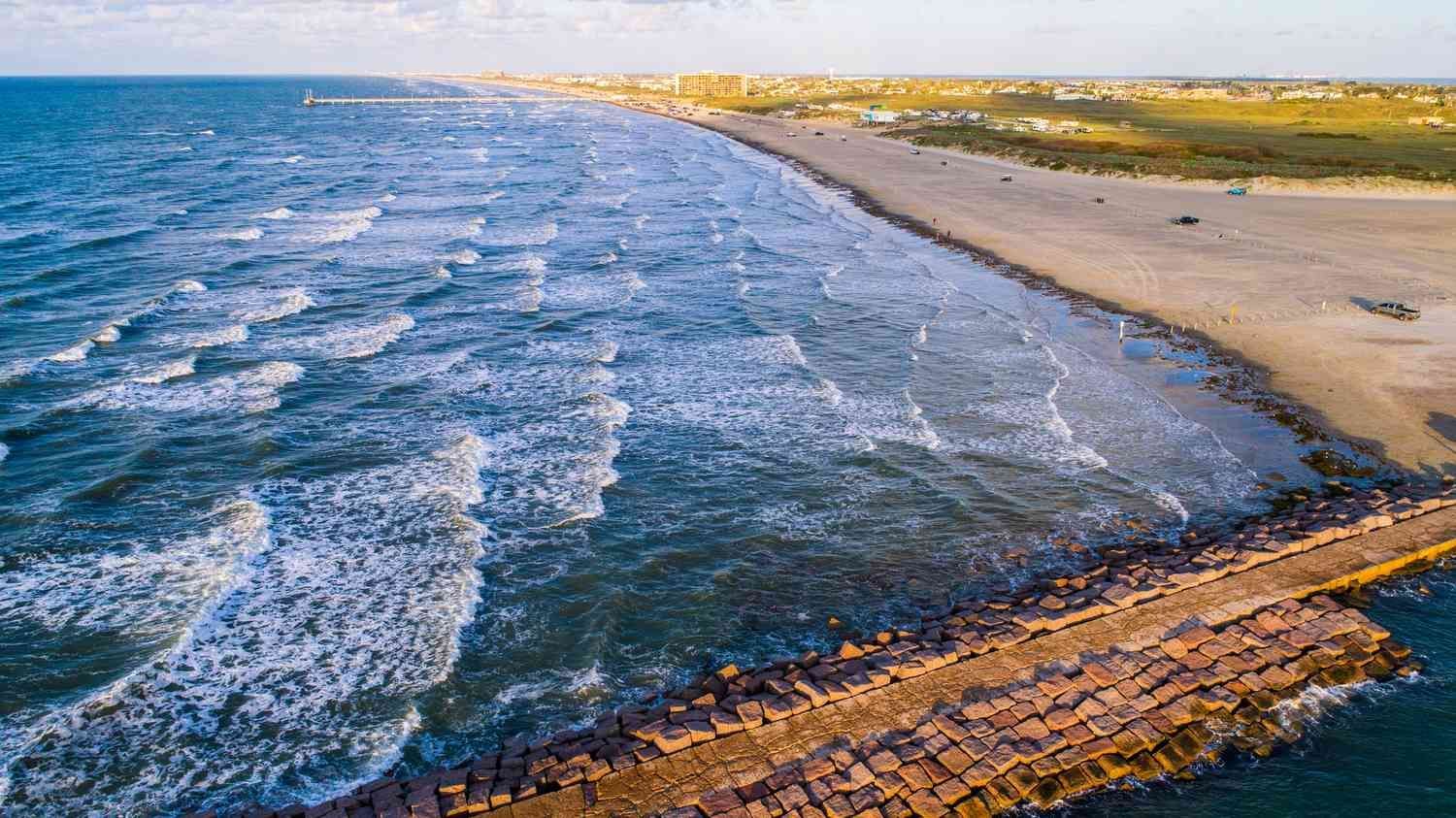Secrets Of Texas’s San Jose Island Ecosystems

Have you ever wondered what makes San Jose Island in Texas so special? This hidden gem offers a unique blend of natural beauty and rich ecosystems. Located off the coast of Port Aransas, this private island is a haven for wildlife enthusiasts and nature lovers. Imagine walking along pristine beaches, spotting rare birds, and discovering diverse marine life. Whether you're into birdwatching, fishing, or simply soaking up the sun, San Jose Island has something for everyone. Ready to uncover the secrets of this Texan paradise? Let's dive into the wonders that make San Jose Island a must-visit destination.
Discover the Unique Ecosystems of San Jose Island
San Jose Island, a hidden gem off the coast of Texas, offers a rich tapestry of ecosystems. From sandy shores to lush wetlands, this island is a haven for nature enthusiasts. Let's dive into the secrets of this ecological paradise.
Coastal Dunes: Nature's Sandcastles
The coastal dunes of San Jose Island are more than just piles of sand. These natural formations play a crucial role in protecting the island from storms and erosion. They also provide a unique habitat for various plant and animal species.
Sea Oats: These tall, grass-like plants help stabilize the dunes with their extensive root systems. They are vital for preventing erosion and providing shelter for small animals.
Ghost Crabs: These elusive creatures dig burrows in the sand, contributing to the aeration of the soil. They are often seen scurrying along the beach at dusk.
Dune Sunflowers: Bright yellow flowers that add a splash of color to the dunes. They attract pollinators like bees and butterflies, supporting the island's biodiversity.
Salt Marshes: The Island's Natural Filters
Salt marshes are wetlands that are flooded and drained by salt water brought in by the tides. These areas are incredibly productive and serve as natural filters, trapping pollutants and providing a habitat for a variety of species.
Spartina Grass: This hardy grass dominates the salt marshes. Its dense root system helps prevent erosion and provides a habitat for many small creatures.
Fiddler Crabs: Known for their one oversized claw, these crabs play a crucial role in the marsh ecosystem by aerating the soil and recycling nutrients.
Egrets and Herons: These wading birds are often seen hunting for fish and crustaceans in the shallow waters of the marshes. Their presence indicates a healthy ecosystem.
Mangroves: Guardians of the Shoreline
Mangroves are unique trees that thrive in salty, coastal environments. They are essential for protecting shorelines from erosion and providing a habitat for a diverse range of species.
Red Mangroves: These trees are easily identified by their distinctive prop roots, which help stabilize the shoreline and provide a habitat for marine life.
Mangrove Snapper: This fish species often shelters among the roots of mangroves. They are an important part of the island's food web.
Oysters: These shellfish attach themselves to mangrove roots, filtering water and improving its quality. They also provide a food source for other animals.
Seagrass Beds: Underwater Meadows
Seagrass beds are underwater ecosystems that are vital for the health of coastal waters. They provide food and shelter for a variety of marine species and help maintain water quality.
Turtle Grass: This type of seagrass is a favorite food of sea turtles. Its presence indicates a healthy marine environment.
Seahorses: These fascinating creatures use their tails to anchor themselves to seagrass blades. They are often well-camouflaged, making them a delight to spot.
Manatees: These gentle giants are often seen grazing on seagrass. Their presence is a sign of a thriving ecosystem.
Freshwater Ponds: Oases of Life
Scattered across San Jose Island are freshwater ponds that provide a crucial water source for many species. These ponds are teeming with life and offer a stark contrast to the salty surroundings.
American Alligators: These reptiles are often found basking on the banks of freshwater ponds. They play a key role in maintaining the balance of the ecosystem.
Dragonflies: These insects are commonly seen hovering over the water. They are important predators of mosquitoes and other small insects.
Water Lilies: These beautiful plants provide shelter for fish and other aquatic creatures. Their presence indicates a healthy freshwater ecosystem.
Embrace the Natural Wonders of San Jose Island
San Jose Island offers a unique blend of biodiversity and natural beauty. From its pristine beaches to the rich ecosystems, this island is a haven for nature lovers. Birdwatchers can enjoy spotting rare species, while fishing enthusiasts will find abundant opportunities. The island's seagrass beds and salt marshes support a variety of marine life, making it a perfect spot for eco-tourism.
Visiting San Jose Island provides a chance to connect with nature in its purest form. Whether you're exploring the dunes, wetlands, or simply relaxing by the shore, the island offers a peaceful retreat from the hustle and bustle of everyday life. Plan your trip to San Jose Island and experience the untouched beauty that makes it a true gem of Texas.

